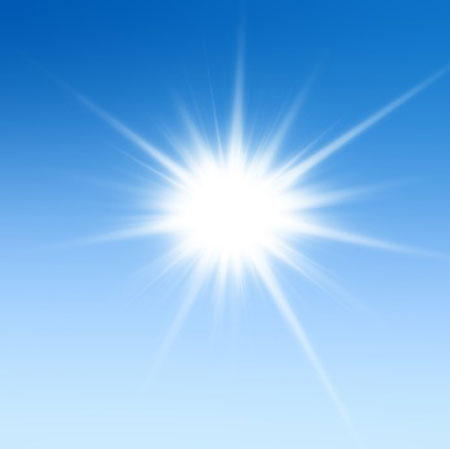 Spring is here, and the sun is now finally coming out from its winter slumber! If you were one of many people caught off-guard by the frequently changing weather and the sudden sunshine on your skin, it happens — but there is no need to fret.
Here are some Do’s and Don’ts of sunburn care to help ease the discomfort and perhaps even limit the potentially serious damage.
Spring is here, and the sun is now finally coming out from its winter slumber! If you were one of many people caught off-guard by the frequently changing weather and the sudden sunshine on your skin, it happens — but there is no need to fret.
Here are some Do’s and Don’ts of sunburn care to help ease the discomfort and perhaps even limit the potentially serious damage.
DON’T: Wait to medicate
Sunburns often sneak up on you since they can take up to 4-6 hours to develop. As soon as you see any sign of sunburn, get out of the sun and start treating your skin. A dose of an ibuprofen-based anti-inflammatory may help to limit the damage and decrease the appearance of the sunburn. Ibuprofens, like Advil, do more than just help treat the pain—they also help to cut down on swelling and redness.
Be aware, though, that these medications will also make your skin more sensitive to the sun, so take appropriate precautions to avoid getting burned again. Of course, the best way to “treat” sunburn is to prevent it entirely by using appropriate sun protection (sunscreens, shade, appropriate clothing) prior to sun exposure!
DO: Hydrate
Burns do more to your body than just cause pain. In fact, all burns draw fluid towards the skin and away from the rest of the body. So be sure to drink extra water, juice and sports drinks for a couple days and keep an eye out for any signs of dehydration.
DON’T: Scratch, peel, or exfoliate your skin
Scratching at and peeling your burn is a nasty habit that actually makes it more difficult for your skin to heal evenly and efficiently. Instead, let the flaking skin fall off naturally. Even better, generously moisturize your skin with the product of your choice, this will improve the appearance of the sunburn and help the skin to exfoliate naturally and evenly.
Similarly, your skin is too sensitive during this time to be exposed to any sort of exfoliation or products that contain glycolic acid, retinoids or salicyclic acid. After you’re done peeling, wait another three days to allow your skin to completely heal before using these products.
DO: Moisturize your skin
To begin soothing your skin, take a cool 10-15 minute bath or shower to lower your increased body temperature. Then, follow it up by applying a moisturizer, preferably with aloe or antioxidants . Make sure you frequently reapply these moisturizers to help keep peeling and flaking at bay. Aloe and hydrocortisone-containing products may help with any discomfort.
DON’T: Pop your blisters
Popping any blisters caused by sunburn increases your risk of infection. If a blister ruptures naturally, don’t remove the top layer of skin—it helps protect the new, sensitive skin underneath and will eventually come off on its own. Instead, apply some antibacterial ointment, keep it clean, and cover it with a bandage. If left alone, blisters generally heal without scarring in about a week and a half.
DO: Assess the damage
While most sunburn can be treated at home, others may require medical attention. Visit your general dermatologist immediately if a blistering burn covers 20% or more of your body, if you’ve developed a skin infection from scratching your burn, if you’re experiencing symptoms of heat exhaustion or if you have a severe sunburn that hasn’t improved within a few days.
Finally, consider this burn a red flag and vow to improve your sun-safety skills. Use sunscreen, cover up, and avoid the sun as much as possible during peak hours.
If your skin does not appear to be healing well or you have any concerns, see your dermatologist. It’s also good to examine your skin from time to time for changes, especially when it comes to moles. Click here to view the Body Mole Map from the American Academy of Dermatology, a chart that helps you monitor your skin’s appearance.